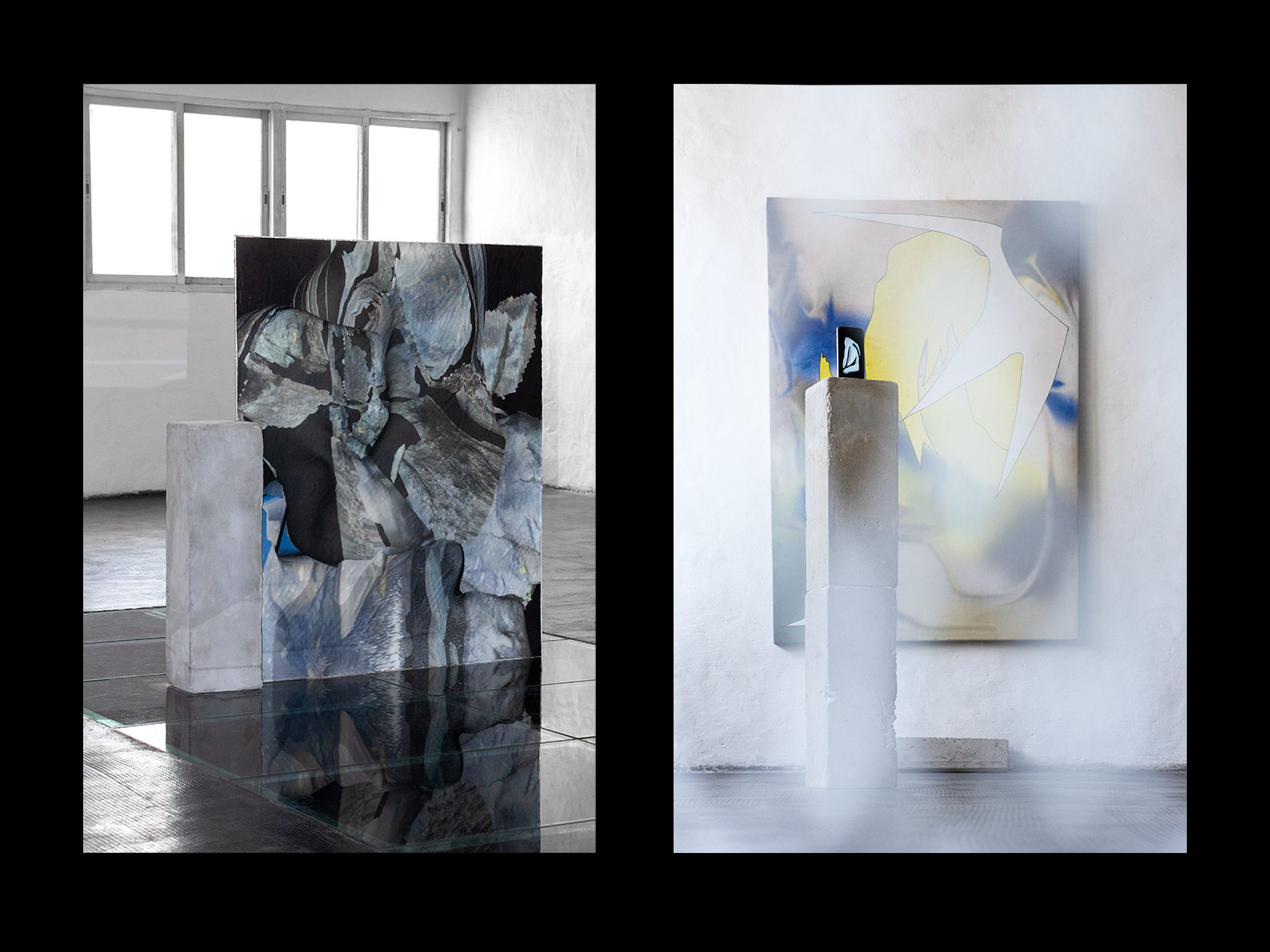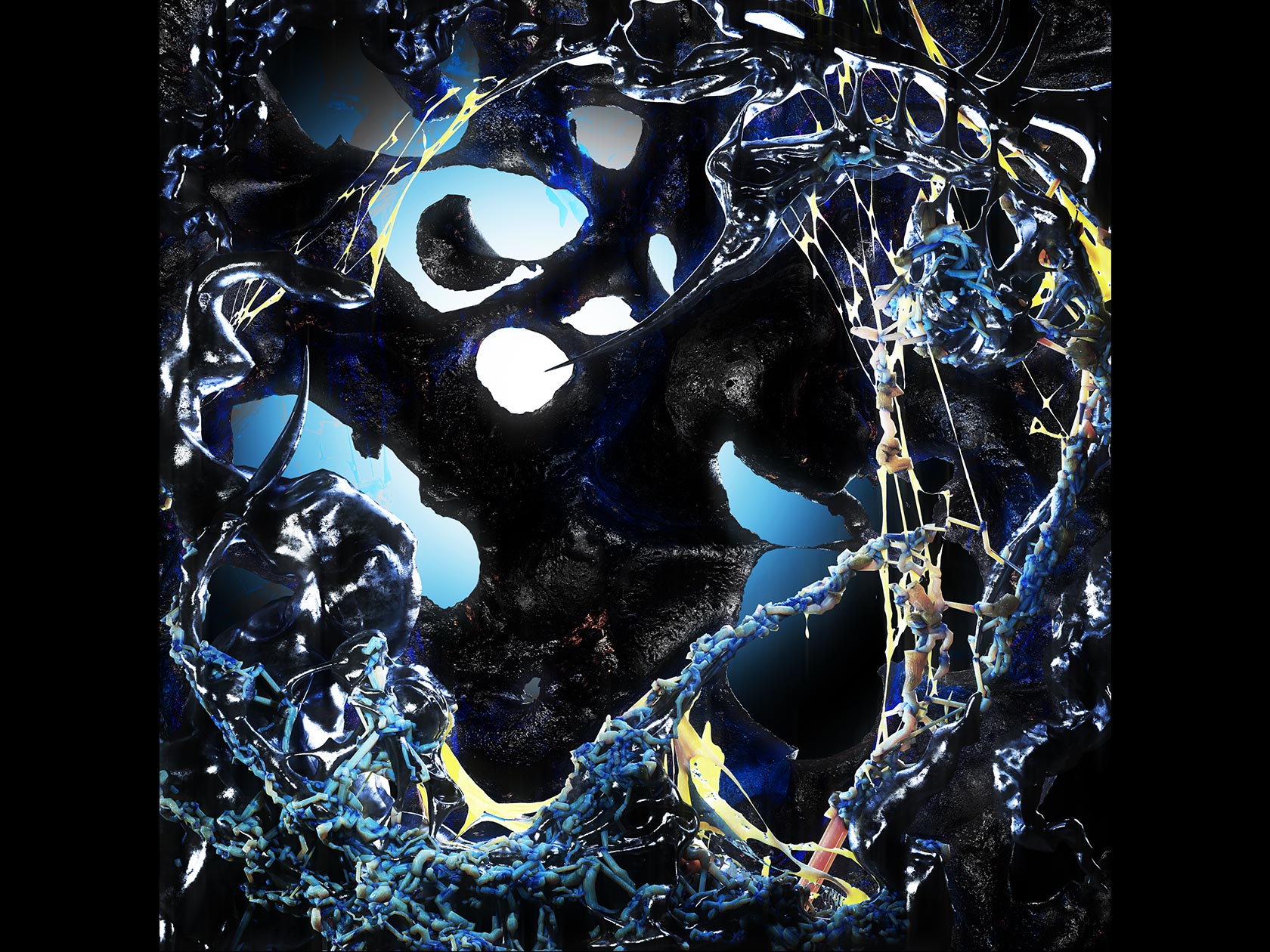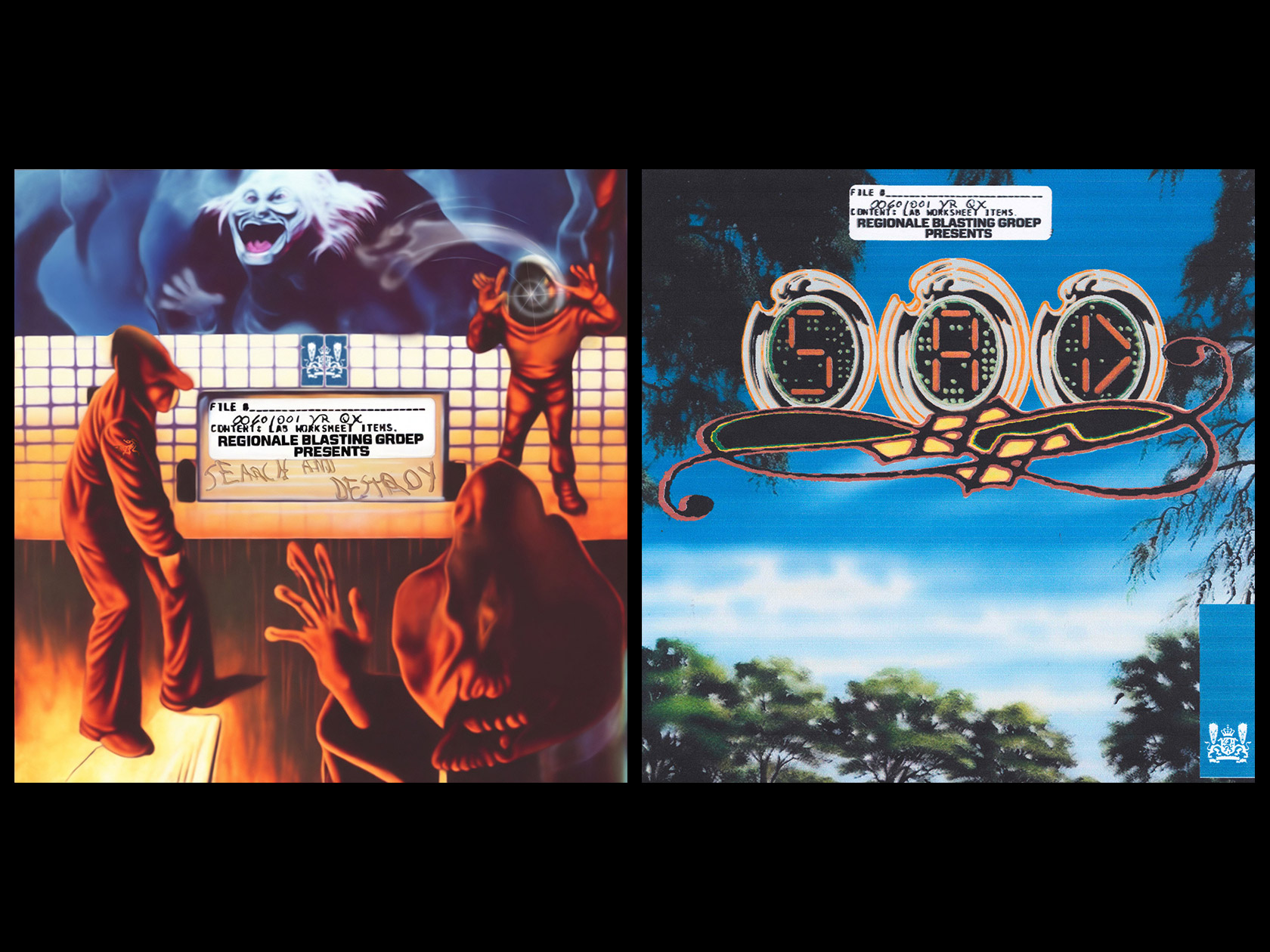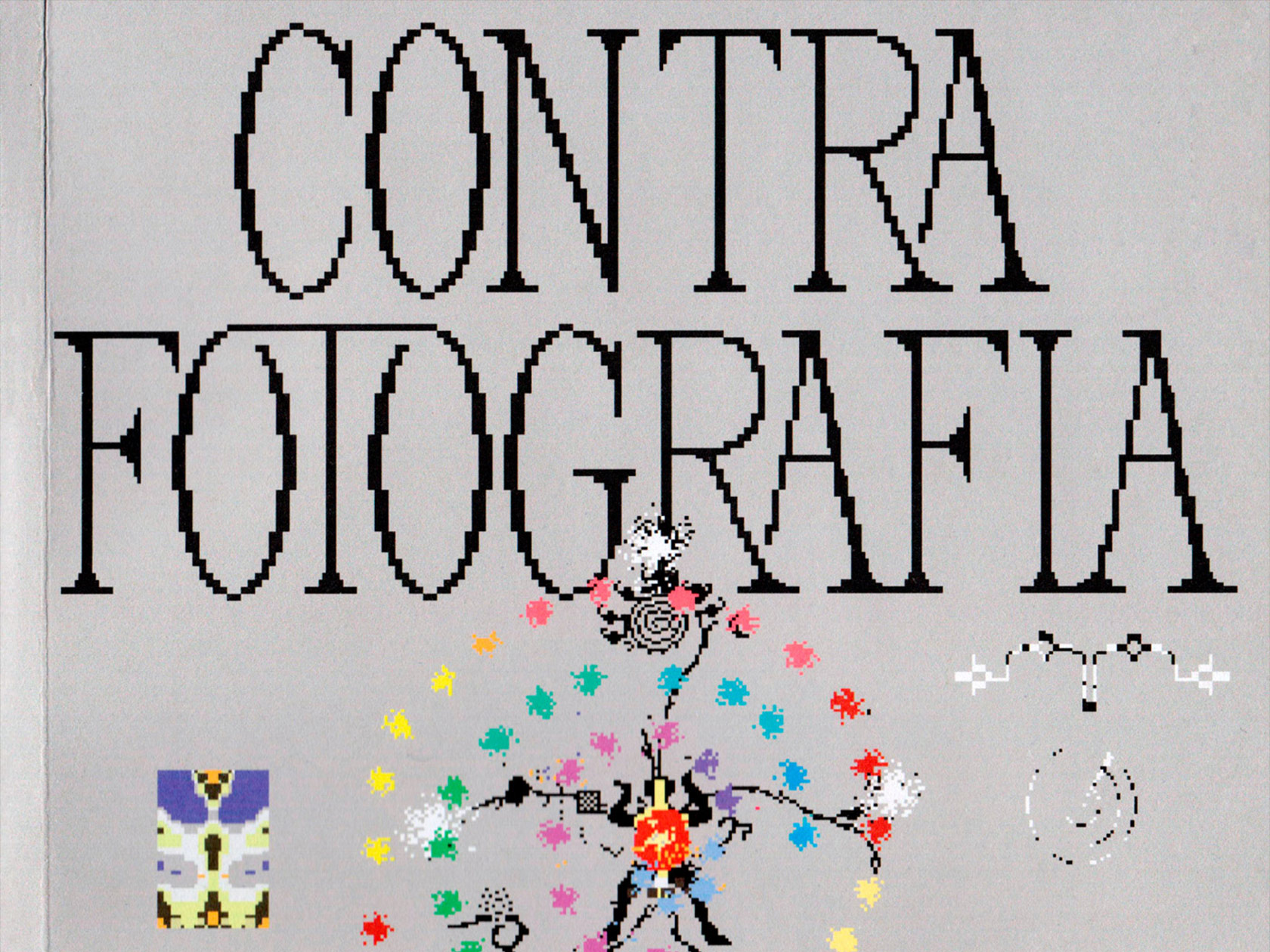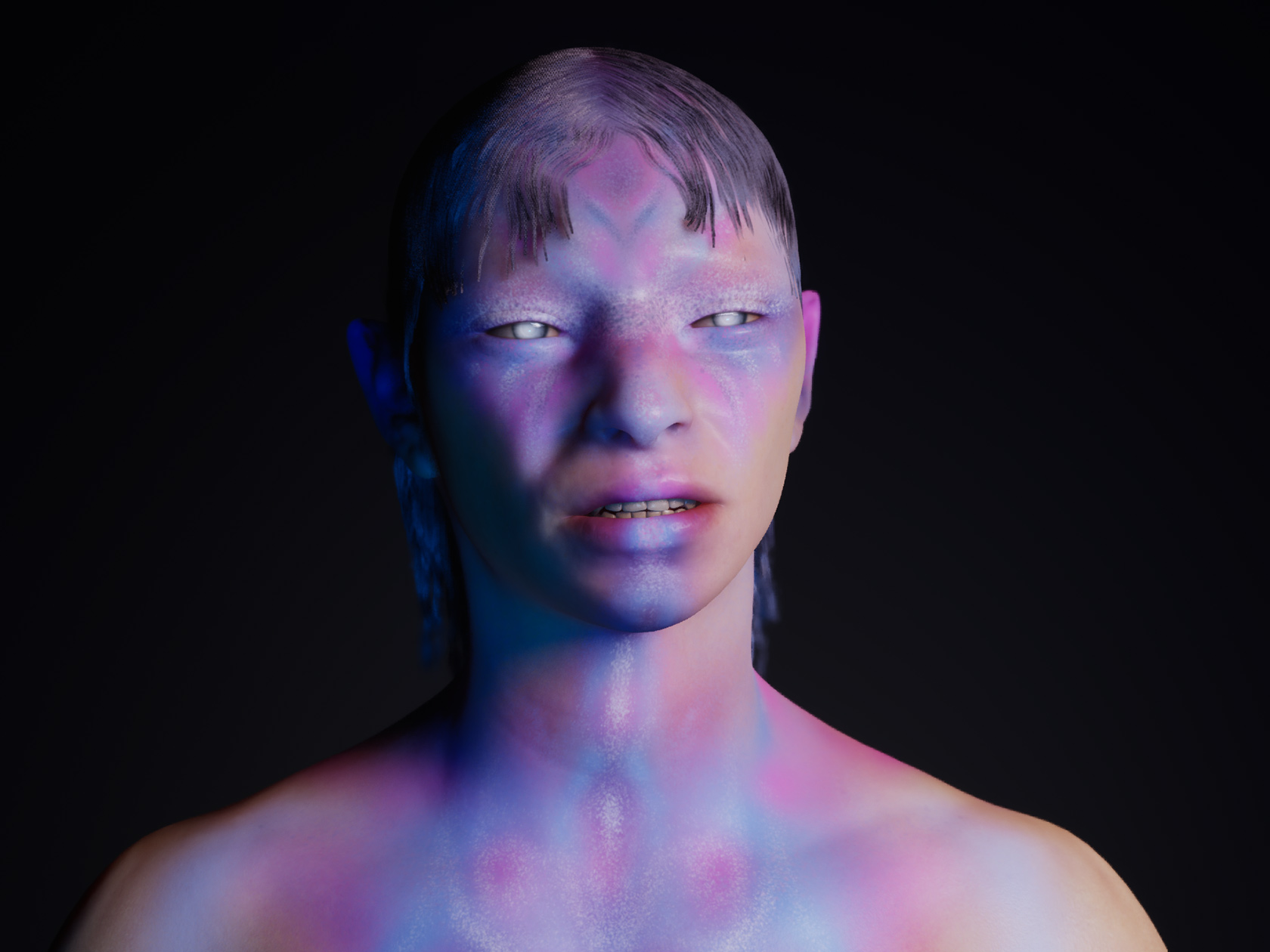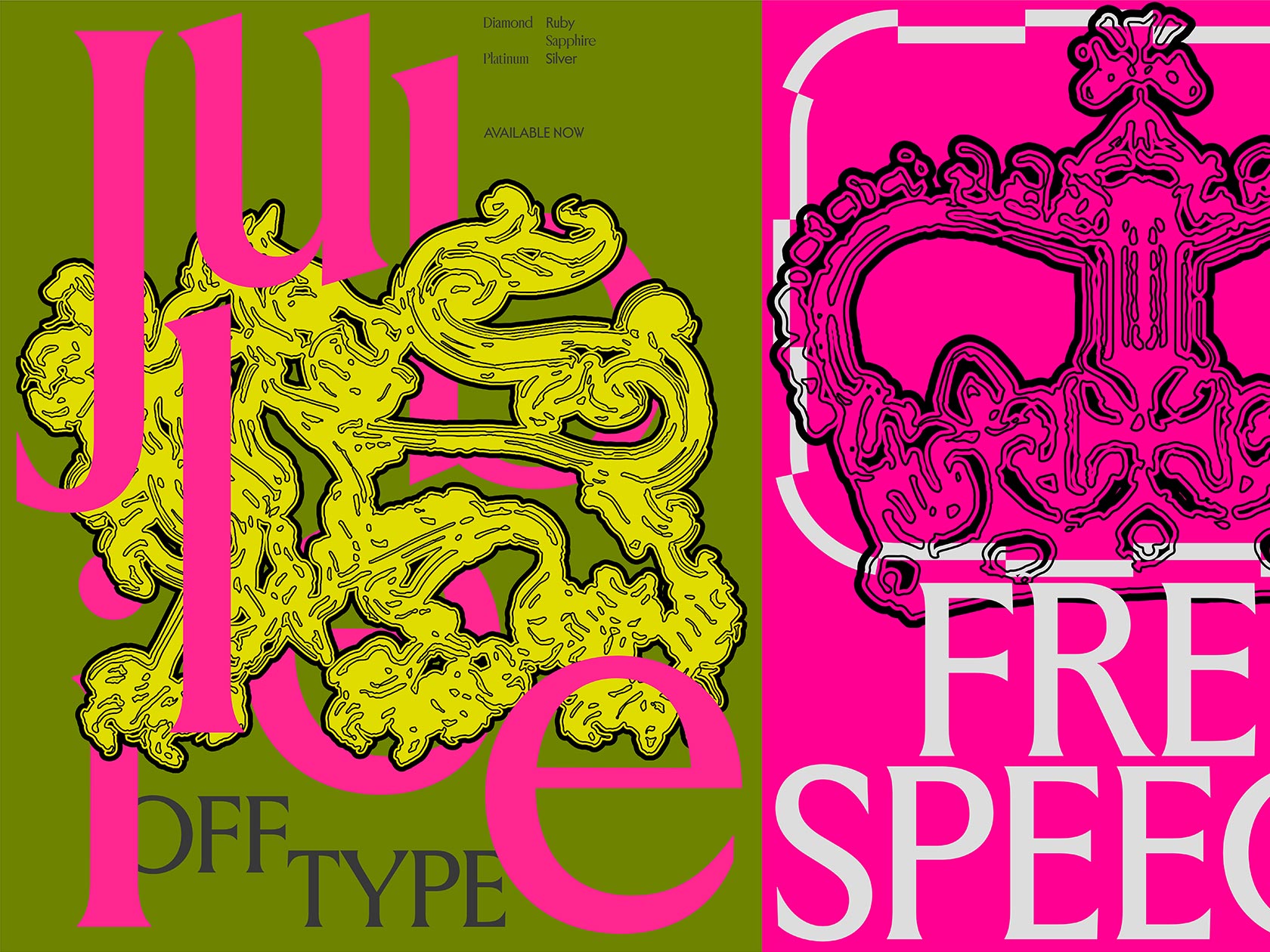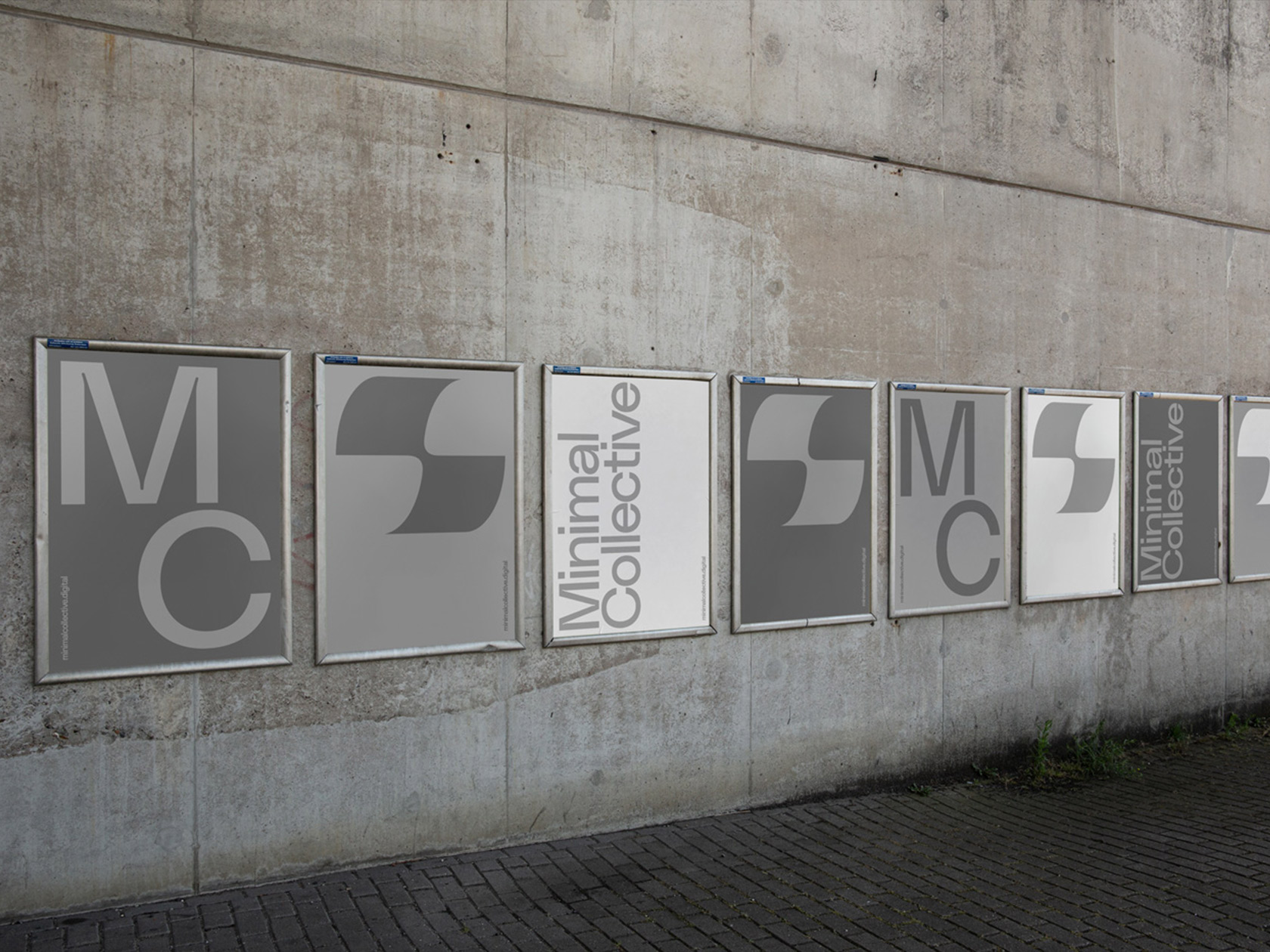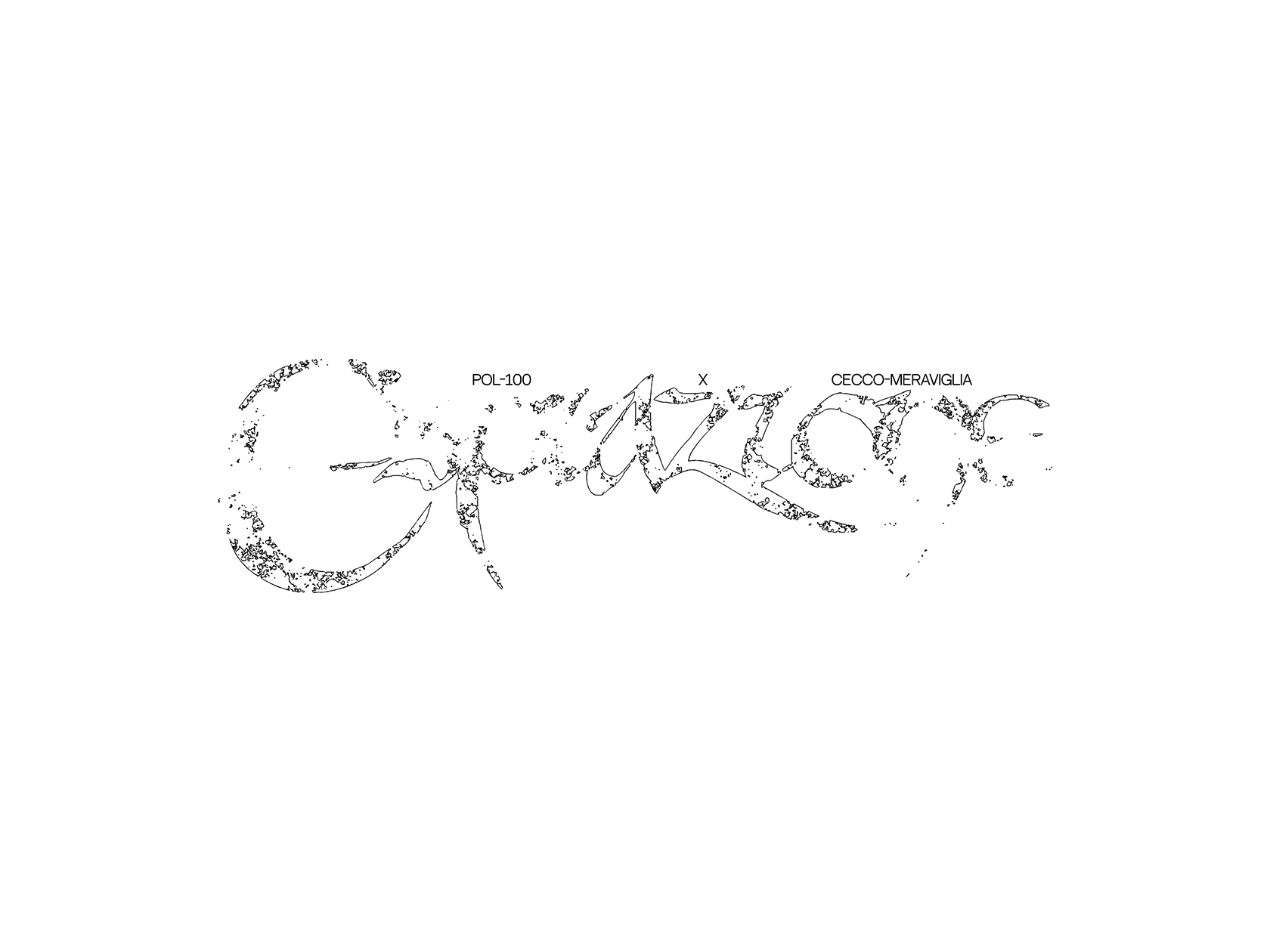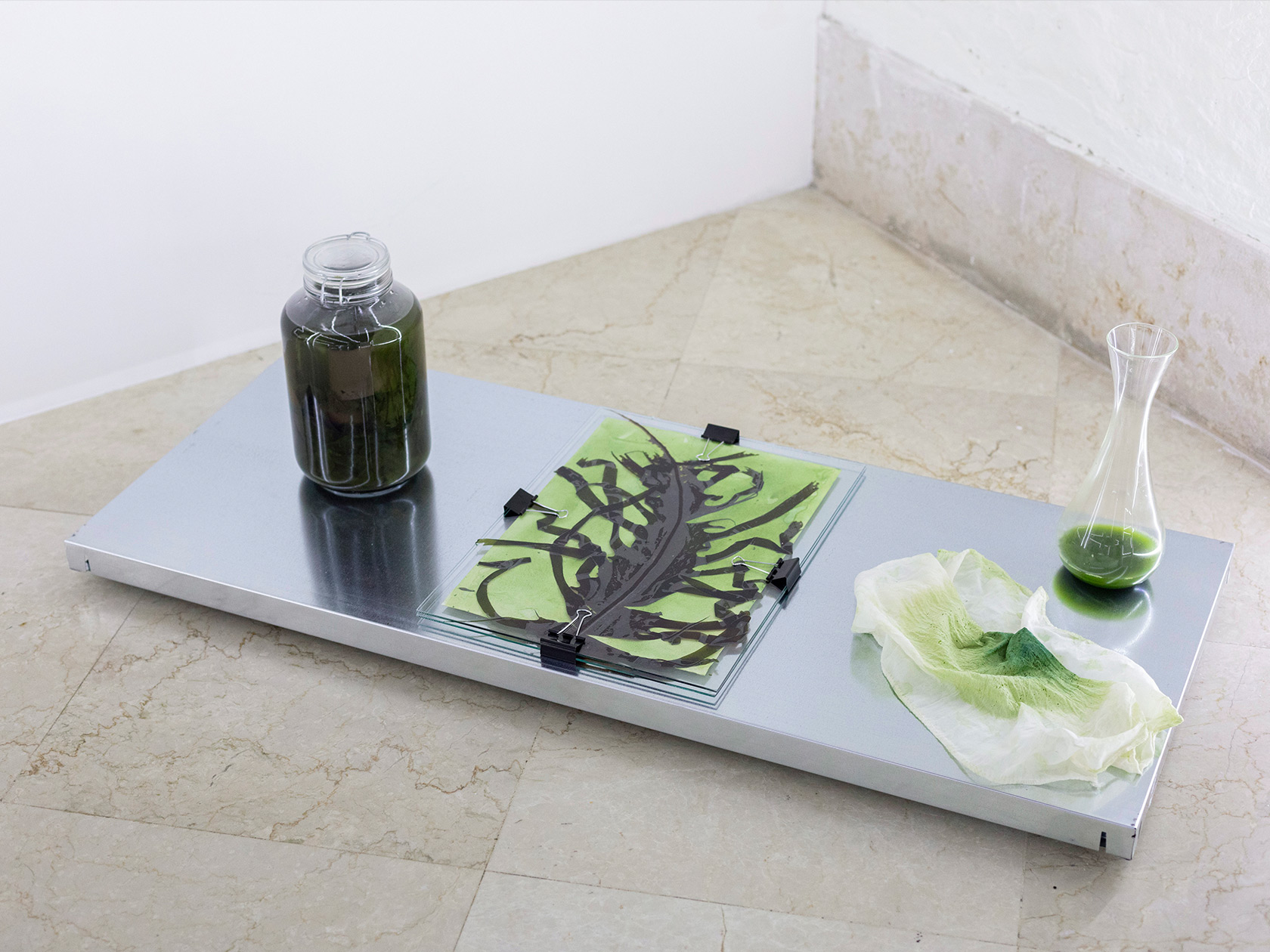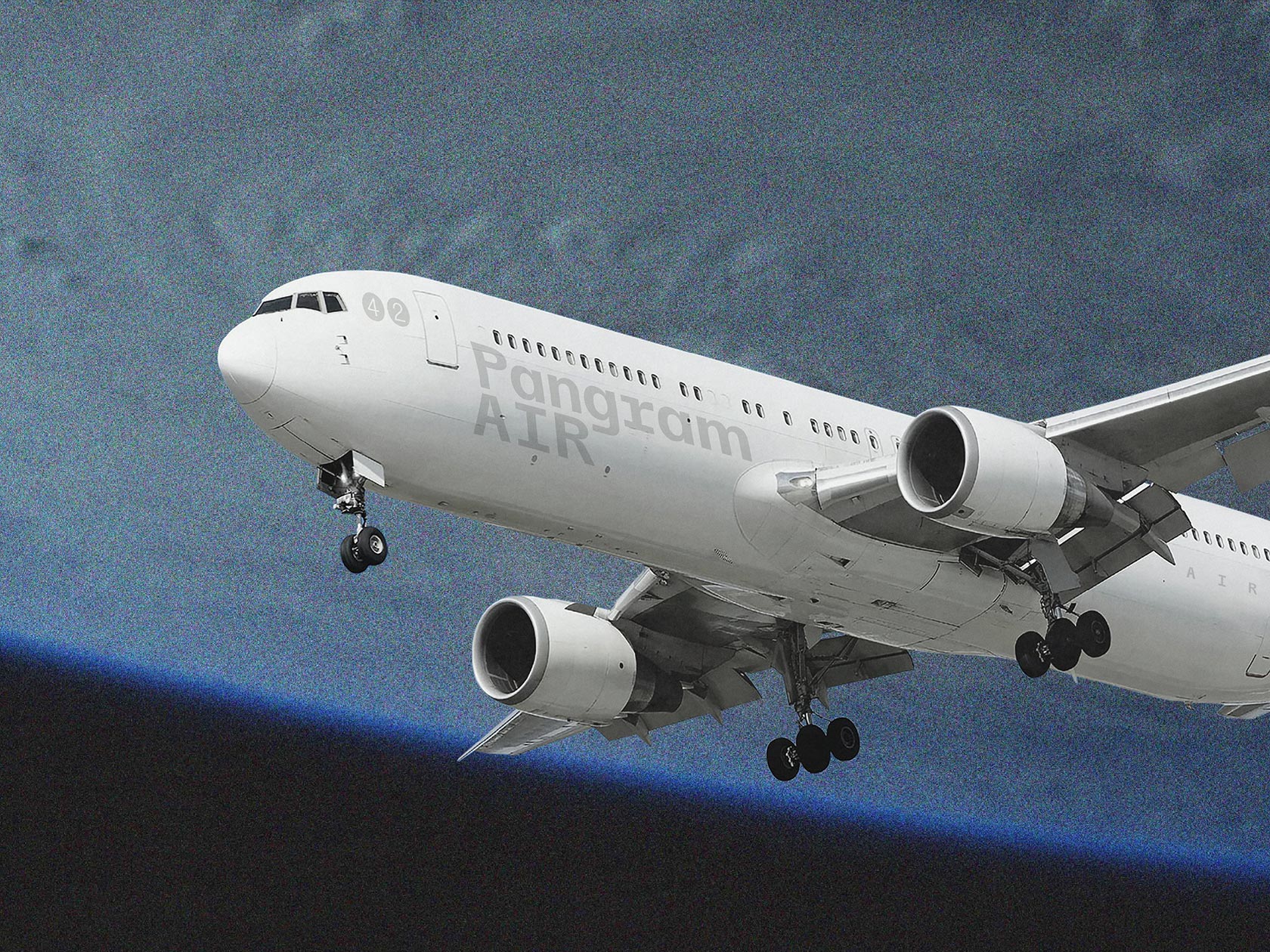“Our practice is multi-disciplinary”, María Victoria Lamas, the co-founder of the design studio Lamas Burgariotti tells us, “We work with artists, publishers, filmmakers, dancers, photographers, curators, architects, musicians, so our projects mostly have a cultural purpose. Each project is a challenge, each project is special and unique.” Having met at the Costa Rice Friends Club (Club de Amigos Costa Rica), a co-working space that they founded in 2012 with a group of befriended freelance designers, María Victoria Lamas and Joaquín Burgariotti soon realized that their common projects had more strength and that their overall working process became more enriching. From this experience their Buenos Aires based design studio came into being.
While Joaquín studied visual arts and advertising at the National University of Arts,Vicky has a graphic design degree from the University of Buenos Aires. Having a strong focus on the intersection between art and design, their portfolio reaches from strong editorial work, like the art direction for the Balam Magazine, to Art Installations and Exhibitions, like their solo show “Oro Negro”. “From the beginning we set out that we wanted to be a graphic design studio that blends graphic design with the field of visual arts. We wanted to show our art works and exhibitions as studio projects, and the clients who generate cultural content always had our priority. Creating the studio together led us to believe more in what we do and to grow more confidence in the challenge of linking graphic design with the art world.”
What did you see as being the biggest challenge when founding a new design studio?
Joaquín:
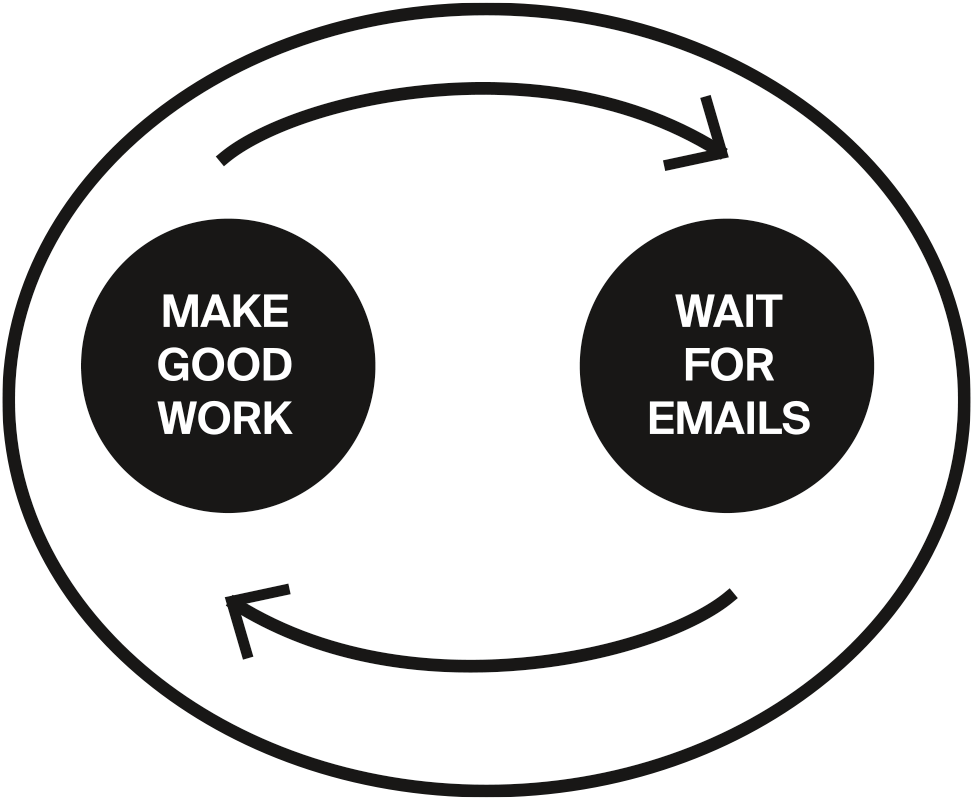
Vicky: I think the biggest challenge was to achieve our own voice, that clients start calling us for what we like to do. Giving the studio a format that does not limit us and gives us the space to learn from our own projects. We always look for people to let us propose and design. This is our main objective when taking a project. The best designs come from clients with a certain attitude and personality about the project, sometimes it is not about pleasing everyone. Clients usually arrive by recommendation or because they know us of a project we design. More and more it happens to us that people are looking for us to propose what we like to do and that fills us with satisfaction. We do not like to feel in a comfortable place to always do the same. Projects are a challenge when they include exchange, research and learning during the process, beyond the final result.
Are there any other aspects of your life that are led by design?
J: We believe that design is part of our way of thinking. It is very difficult to separate it from our lives, so in our daily work we need to propose tasks (cooking, soccer, tennis, exercise, drawing) that put us in other mental states.
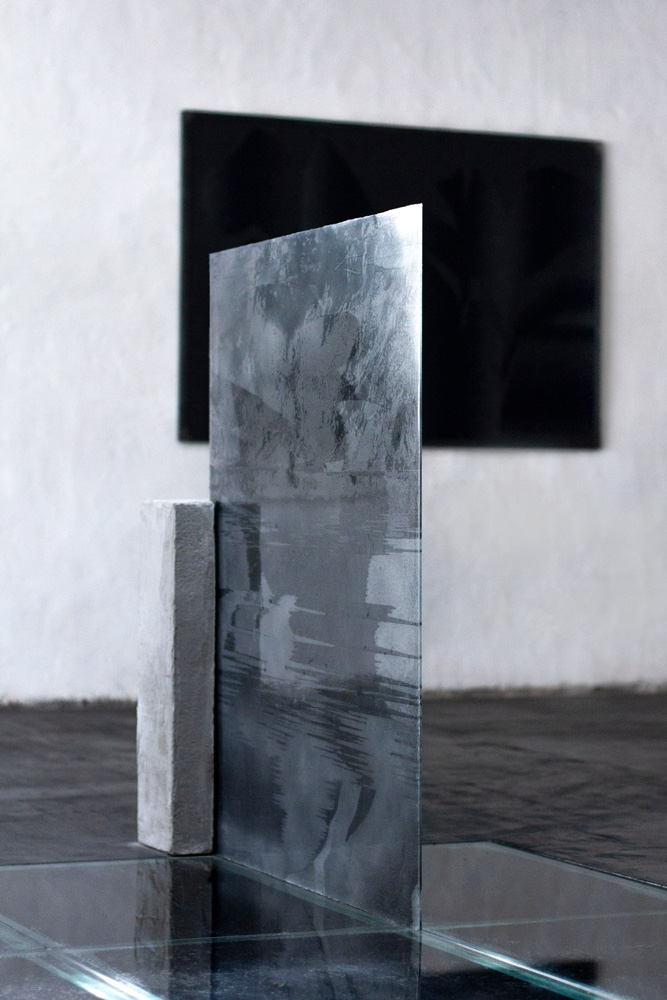
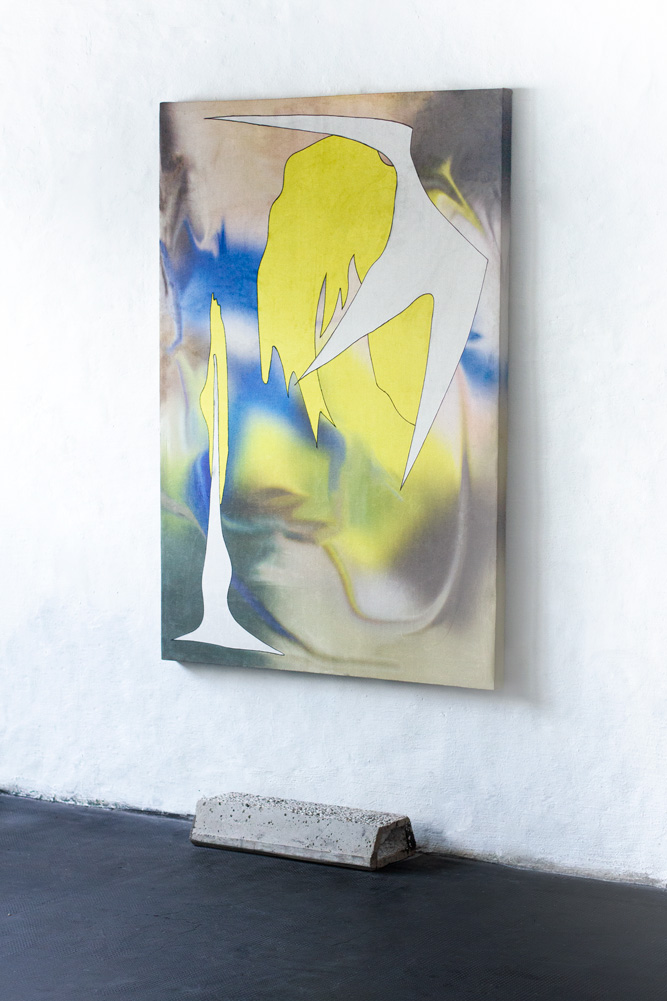
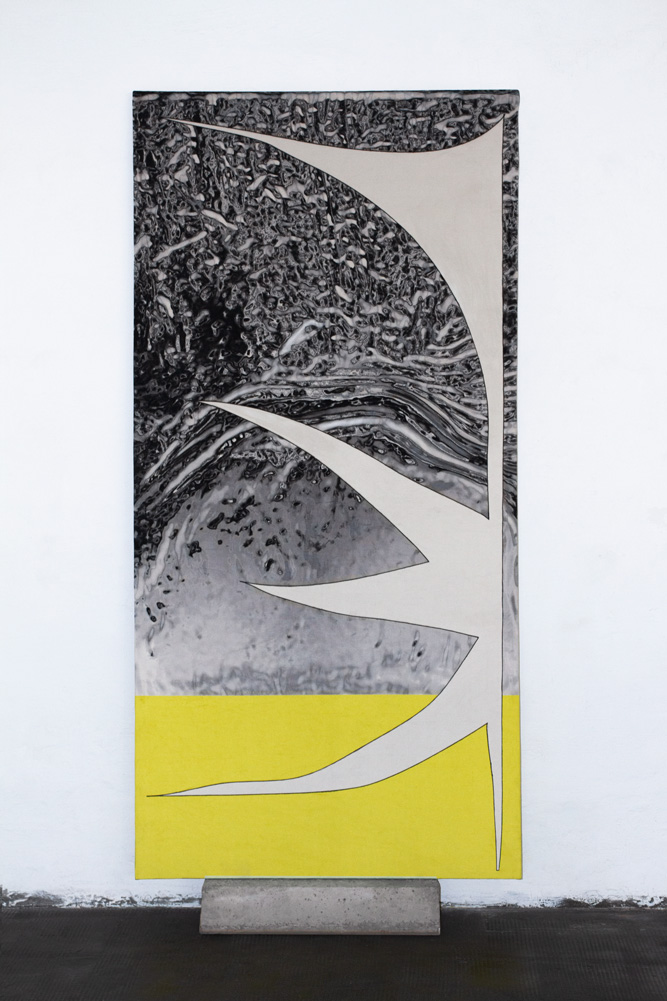
Being often crossed by contemporary art, their work can be described as experimental, multidisciplinary and as they say, “very present”. “We try to use all the resources in our favor, we do not specialize in something particular, we try to make aesthetics come from experimentation, to use techniques that we might never have imagined we could use”, Vicky explains. “Something that appears in our way of producing images is the constant transfer of digital to analog formats and vice versa. We like our material to travel from one state to another, which means losing and adding information, transforming. Our process gives unexpected results and what we do is a constant experiment. The studio aims to develop its own voice through digital and analog tools. We work equally on artistic and design projects trying to erase the line between art and design, learning new techniques and being open to new aesthetics. We like to be open to new languages and forms of expression, and especially fresh, always bringing new ideas, not tied to a fashion, but a projective thought that allows us to cover any type of project.”
A blank sheet being the starting point of every project, the duo describes their working dynamic as “complex”. “It depends a lot on what we have to do. Our dynamic in the creative process generally begins with a great moment dedicated to listening to the client, to entering his universe, to investigate. We try to get ideas or concepts that help us make decisions.” In the first few steps of researching and finding ideas, they both try to approach the project as free as possible. “First of all we see what the meeting with the client leaves us, we write down the words that were highlighted in our talks. We make direct relations with the investigations that are going through us in this moment. It can be a movie, an art show, an artist that we are investigating, a book, or the music that we are listening to – everything can bring us an idea and a desire to do something.To start design, in our first steps we basically agree to be free to do what we want. Then we take time to share what each one did, and we see what is more aligned to the project in question”, they tell us about their overall working process, “We try to start together in this first instance, then we make our own way. From there each one does what they want most, whether looking for a type, drawing something in relation. When it is time to share, we enrich each proposal with both looks and play a game that generally has good results that consist of mixing our files and each of us designs the proposal of the other, exchanging roles. We never really know when the graphic is going to be attractive but we always want and try to be at least an experiment and learning mode on our side.”
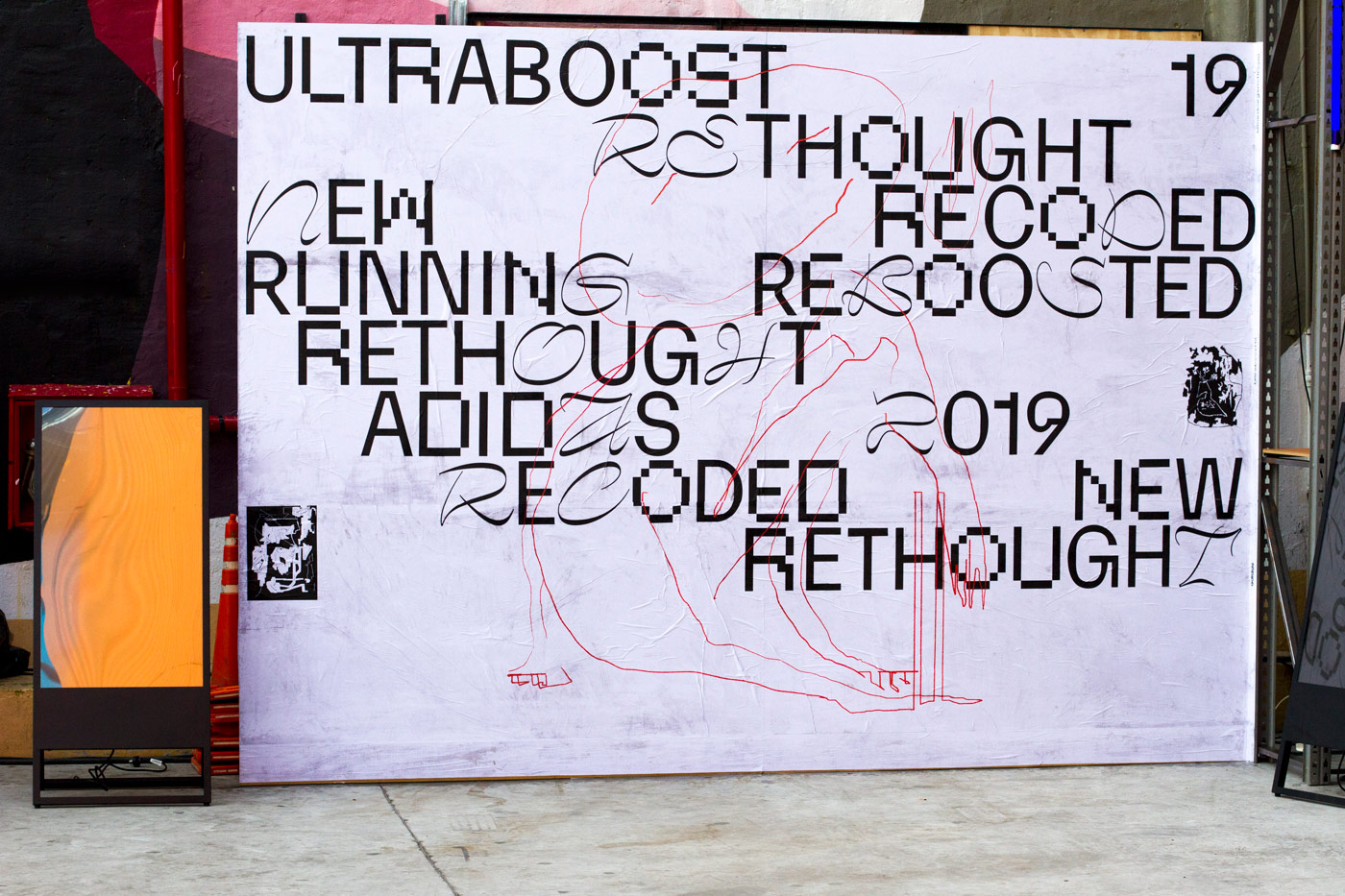
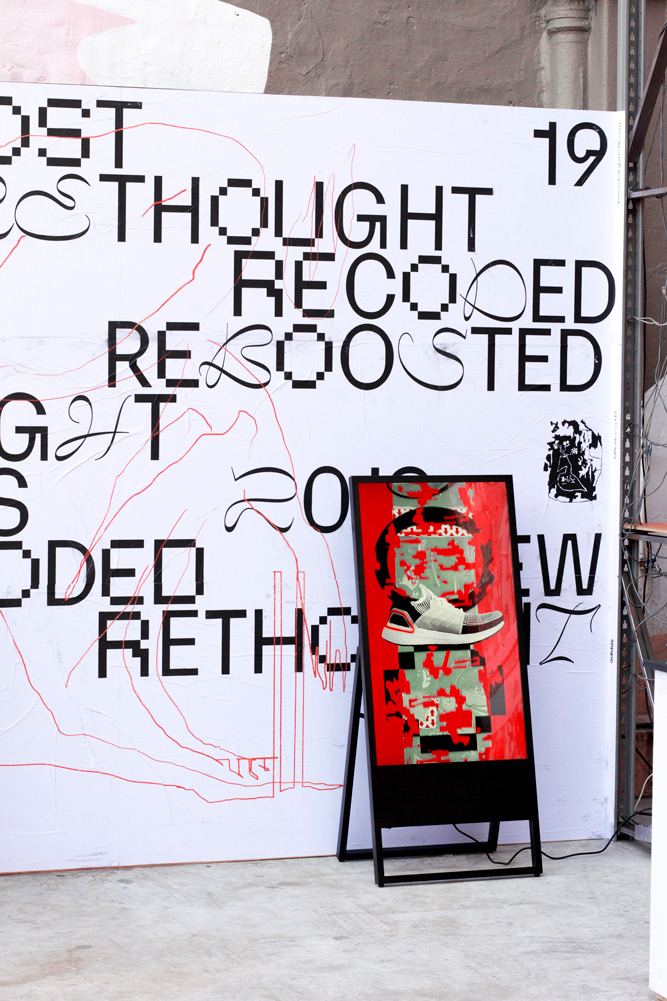
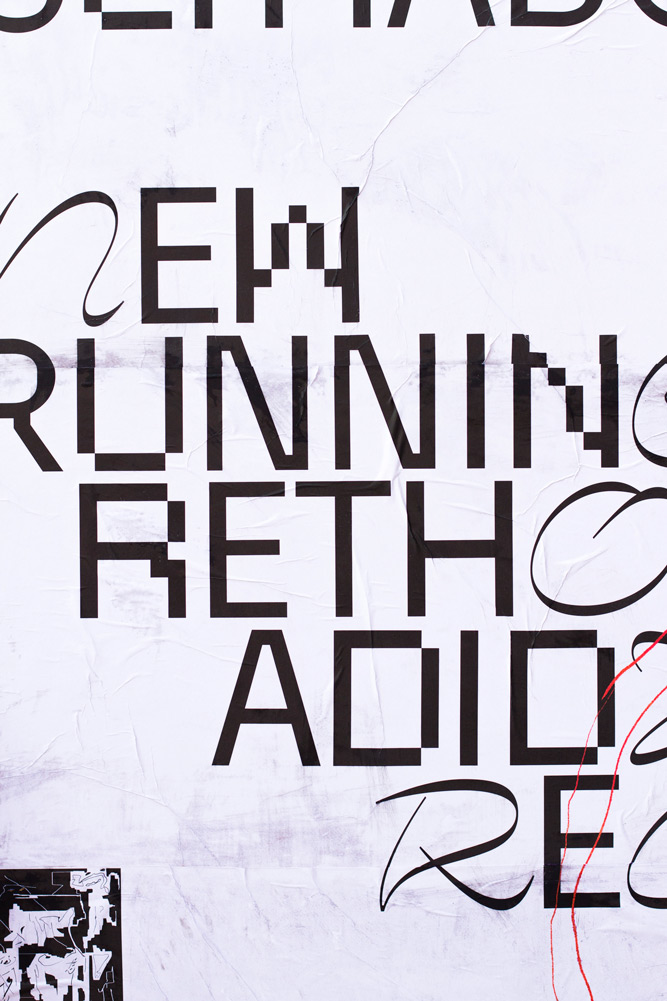
How important is it for you to collaborate with others?
J: We believe that collaborating with others is our way of studying, learning, doing, being awake. It is a practice that incorporates the interdisciplinary concept of the studio.
Do you usually start working on your projects and collaborations with a clear idea in your mind or does the design develop over time?
J: Each project has its own development. Many times we have a desire which leads to the first idea. But it also happens that we start to investigate to start forming the idea. It is important to us that we can fulfill our wishes and that we can also express the wishes of others.
V: We are always interested in looking for a concept, something to investigate, many times the project brings us very valuable information and we just have to find a way to show it. Each project is a challenge, in the first instance it is pure listening, we work a little psychologists of our clients, who are mostly artists. Many times we also help synthesize and edit the material that comes to us, in a role of curators, because the client trusts our eyes. There are also moments where we need to investigate a specific topic, to know what we are talking about, or to expand our ideas.
What is the main challenge during a collaboration in your opinion?
J: We believe that the challenge in collaboration is to choose well with whom you collaborate for a certain idea, once you are inside the project, it is about trusting and receiving, until both are happy with the result. Having a deadline is always a challenge because it is likely to extend over time and that is often not ideal for the project.
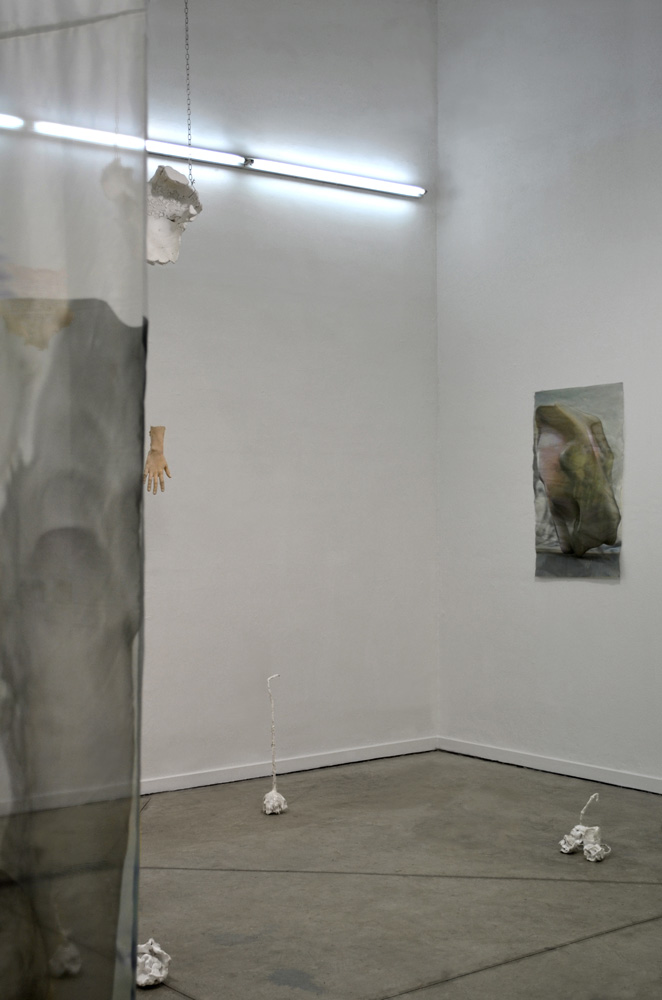
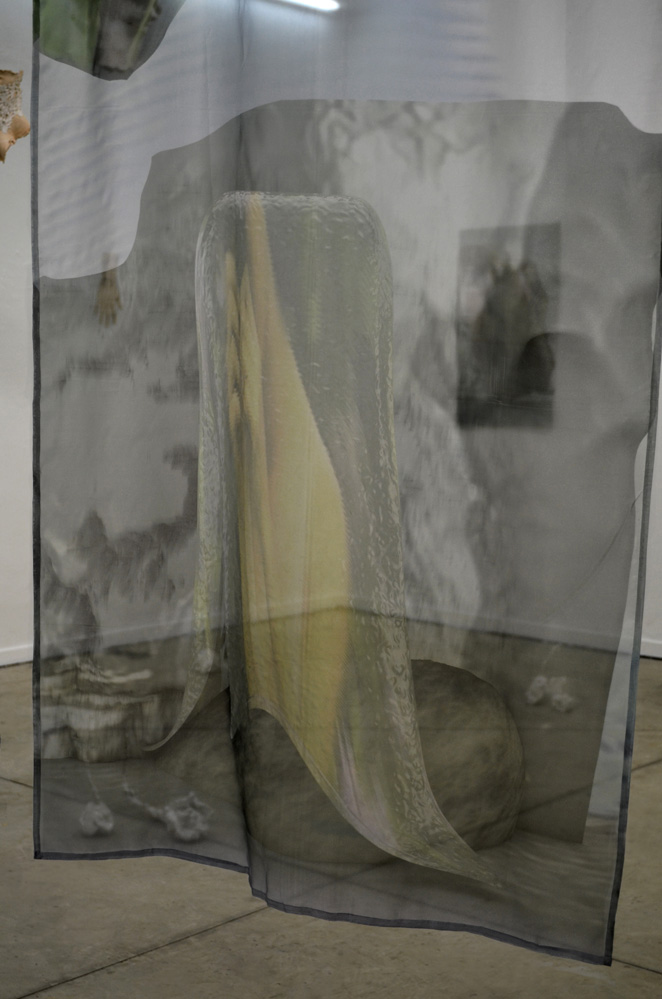
During the last year, the duo has presented its solo show “Oro Negro” at the Laboratorio Festival in Buenos Aires, an exhibition that was composed with a mix of material and digital pieces. The work compares the passage of states of matter – solid, liquid and gas – with the constant transformation from analog to digital of our current environment. The exhibition aims to make the spectator aware of the digitality surrounding them and to question the limit between the digital and the real world. Through the mixture of different materials and digital pieces, the creation and production of the exhibits should remain a mystery. For the video installation that was part of the exhibition, they teamed up with Esteban Blazquez, a motion designer also based in Buenos Aires. “Oro Negro was about the pure investigation of materials. We see the results everyday in the response of the people who are interested in our work. We work with a mixture of materials and digital pieces. It talks about the transfer of information and the idea that the digital state exists in the matter. The loss or enrichment of the information was essential”, Joaquín explains. And Vicky adds: “Oro Negro has challenged us in so many ways, like in the use of materials, tools and processes. Materials that we would never have thought we could use. We set out to create pieces that at first glance do not know how they were created, due to the mixture of processes and diversity of materials. Another great learning was the use of space, planning a route, deciding how high each piece could be seen, in relation to the others. It was an important experience on many levels, super enriching, where we also had to learn to work on our egos, to really merge with each other to develop an interesting visual experience.”
One of their favorite projects is from 2018 and is called “Everything is going to be fine”, a foldable poster, designed for an exhibition at the Hessel Museum of Art at Bard College, New York, in strong collaboration with the curator Thomas Patier. The exhibition addressed our relationships with the myriad electronic objects surrounding us today and therefore the relation between technology and emotions. “To produce images, we decided to use mechanical toy to draw, called Etch A Sketch, which was our first encounter with a screen when we were children”, Joaquín explains the idea behind the aesthetic.
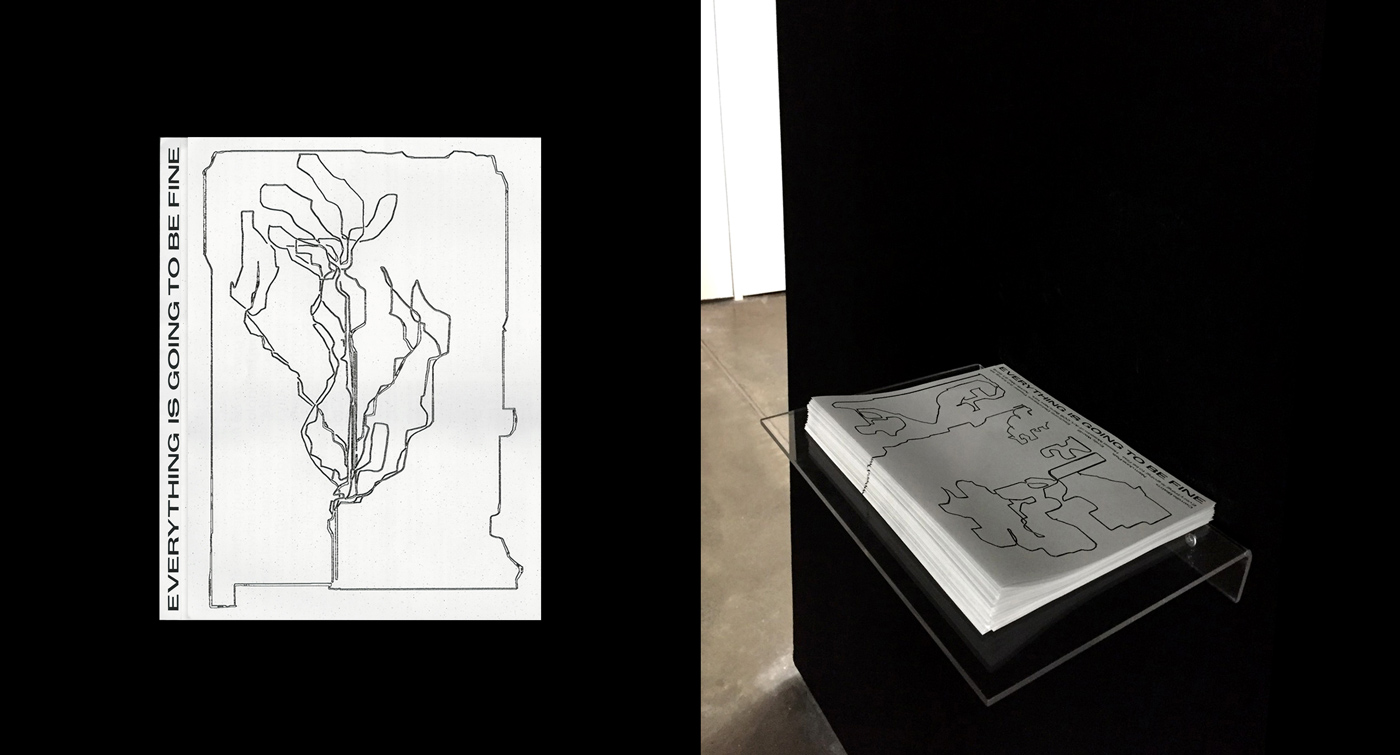
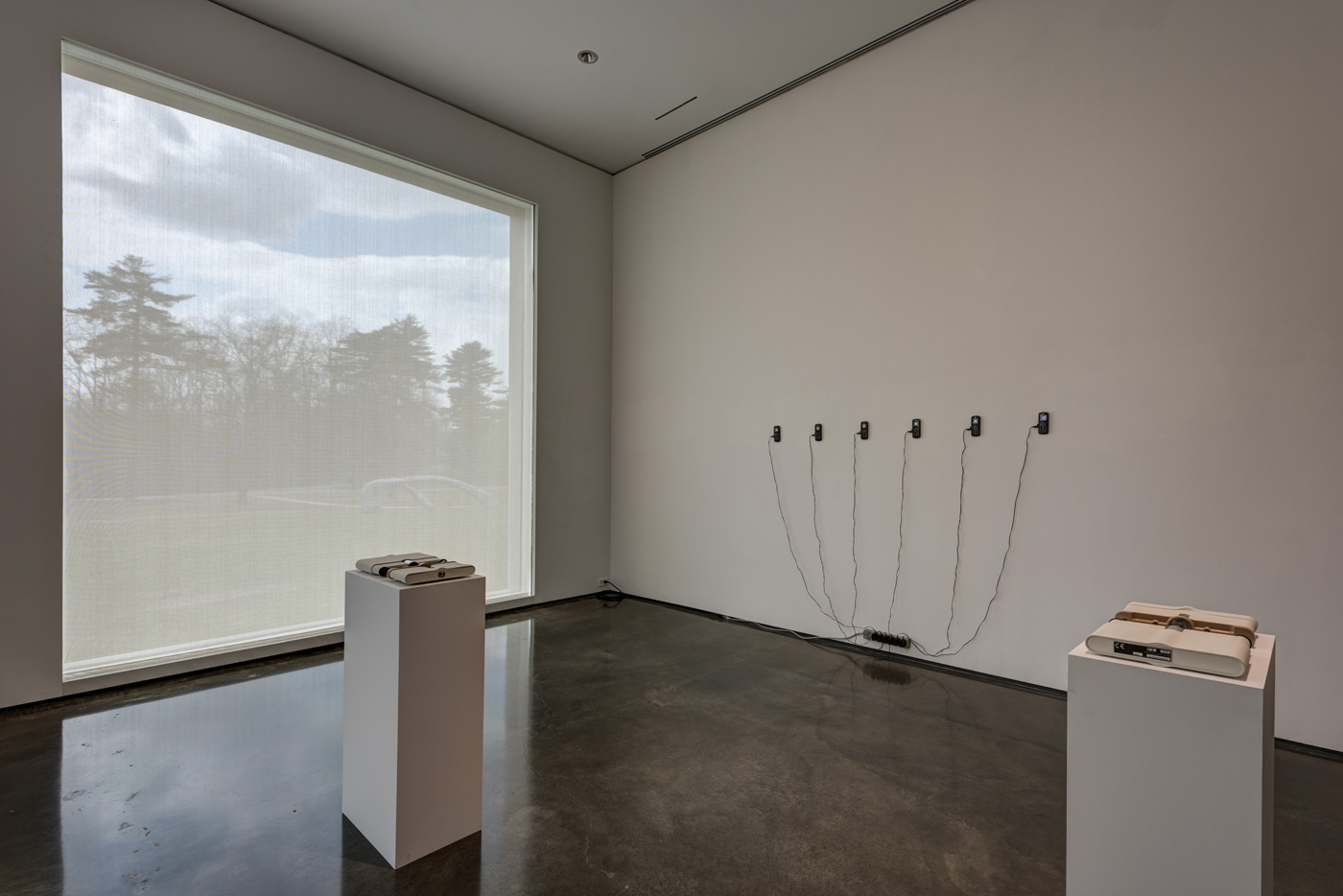
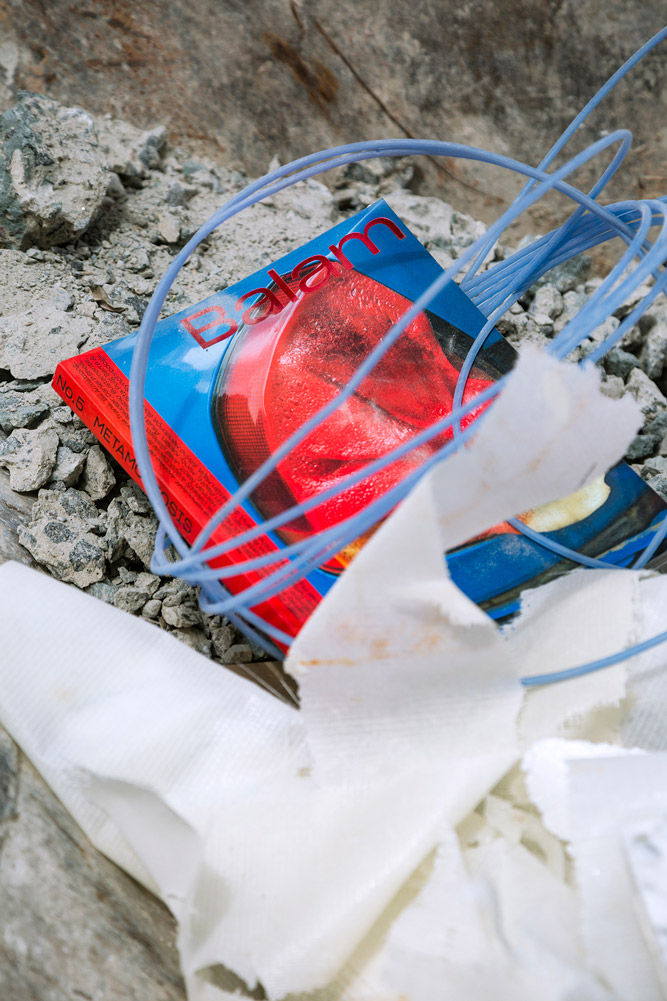
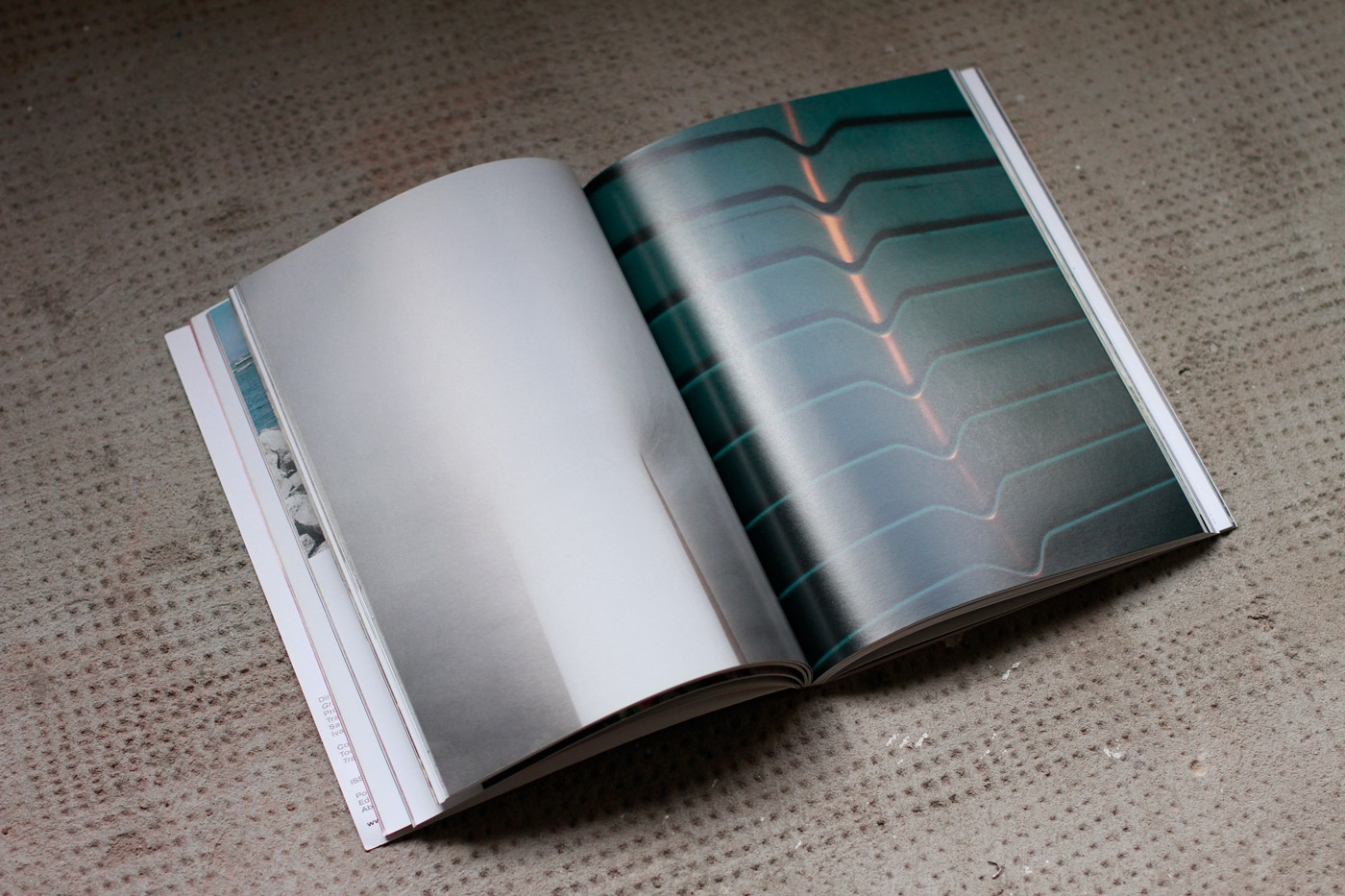
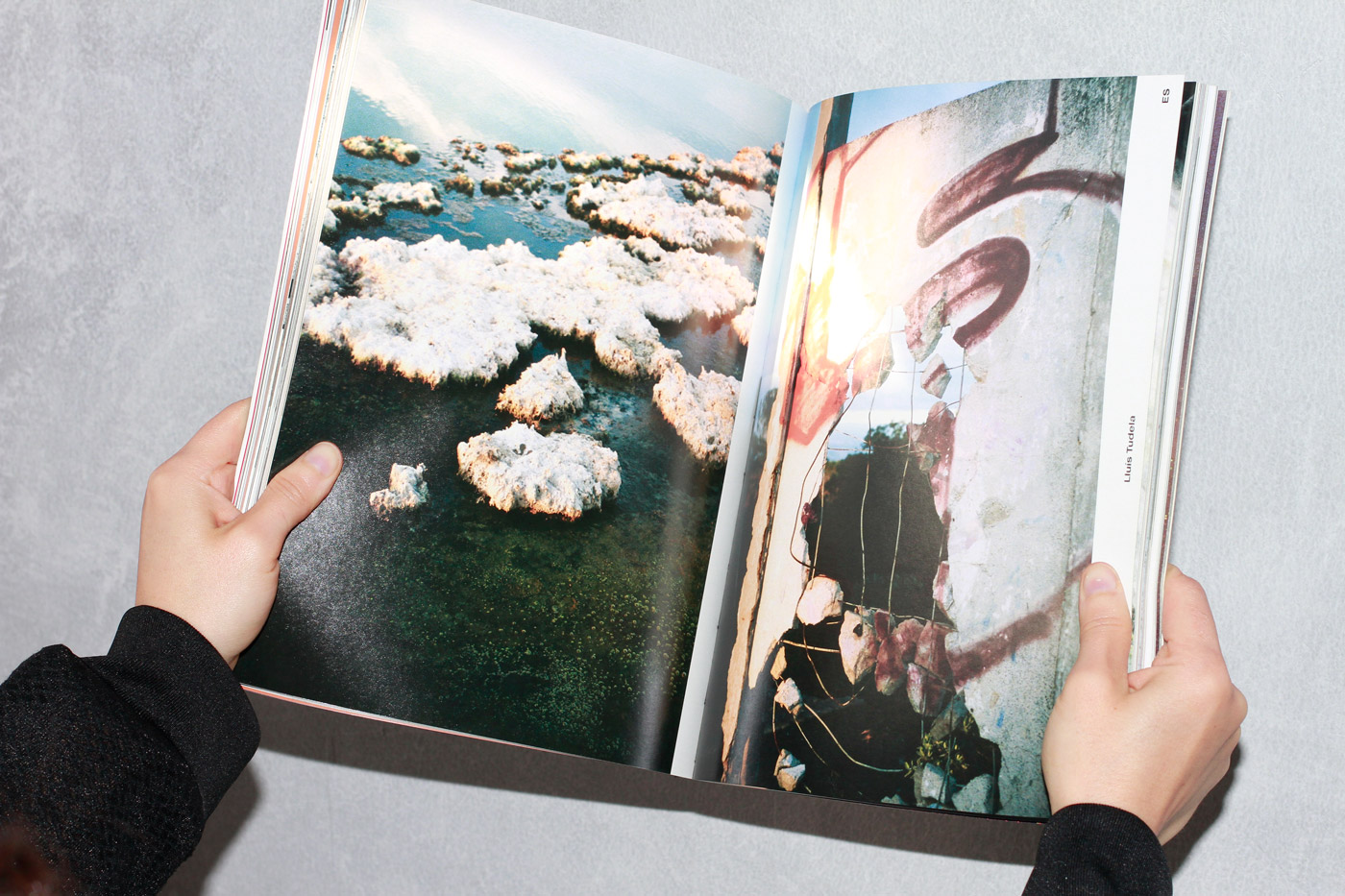
What are the main advantages of working together on one project instead of working by yourselves?
J: We believe that the greatest advantage is friendship. It allows us to enjoy all the projects and it is possible that we finish them faster. Sometimes, the designer has a therapeutic support role for the project / client and often to get through this, it is important to have a partner.
V: One of the main advantages is to reduce stress by working together. Being able to accompany each other in the process and think together every step we take. It is also very important for us to have time in our own artistic investigations. There are things that we need to research or test, for example a tool or material, and then we need to share and use it as a common resource for the studio.
What is important to you during a collaboration?
V: The important thing is to complement each other. Do different things, share our knowledge and trust each other’s work. The other can bring something you don’t know how to do, and you will probably get results that you may never have been able to achieve alone.
J: In a collaboration, it is important that everyone tries to do something interesting. We are constantly creating the image of our study and we believe that every minimum work we do is say a lot, so we seek to communicate our desires through our work.
Why is it important for you to collaborate with other creatives, and therefore to create something new together?
J: We think that collaboration is the way to enrich, feed, expand the limits from the many edges that the project may have. It is our way of creating something new, making new relationships, new ideas. Just as we process the projects internally, we try to help our collaborators to enter our game and feel free to contribute their ideas, concepts, wishes, interests, and research.
Do you have someone in mind with whom you would like to start a collaboration?
J: Yes, we have many artists and designers around the world with whom we would love to collaborate, from design referents such as Eike König, Mirko Borsche, to local designers like Gustavo Eandy and Vanina Scolavino. But as we are very restless we also admire many artists, with whom one day we would like to do some project together.

